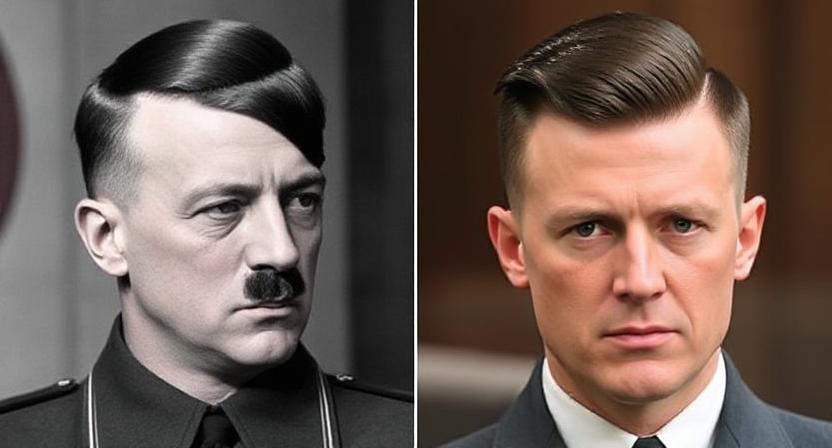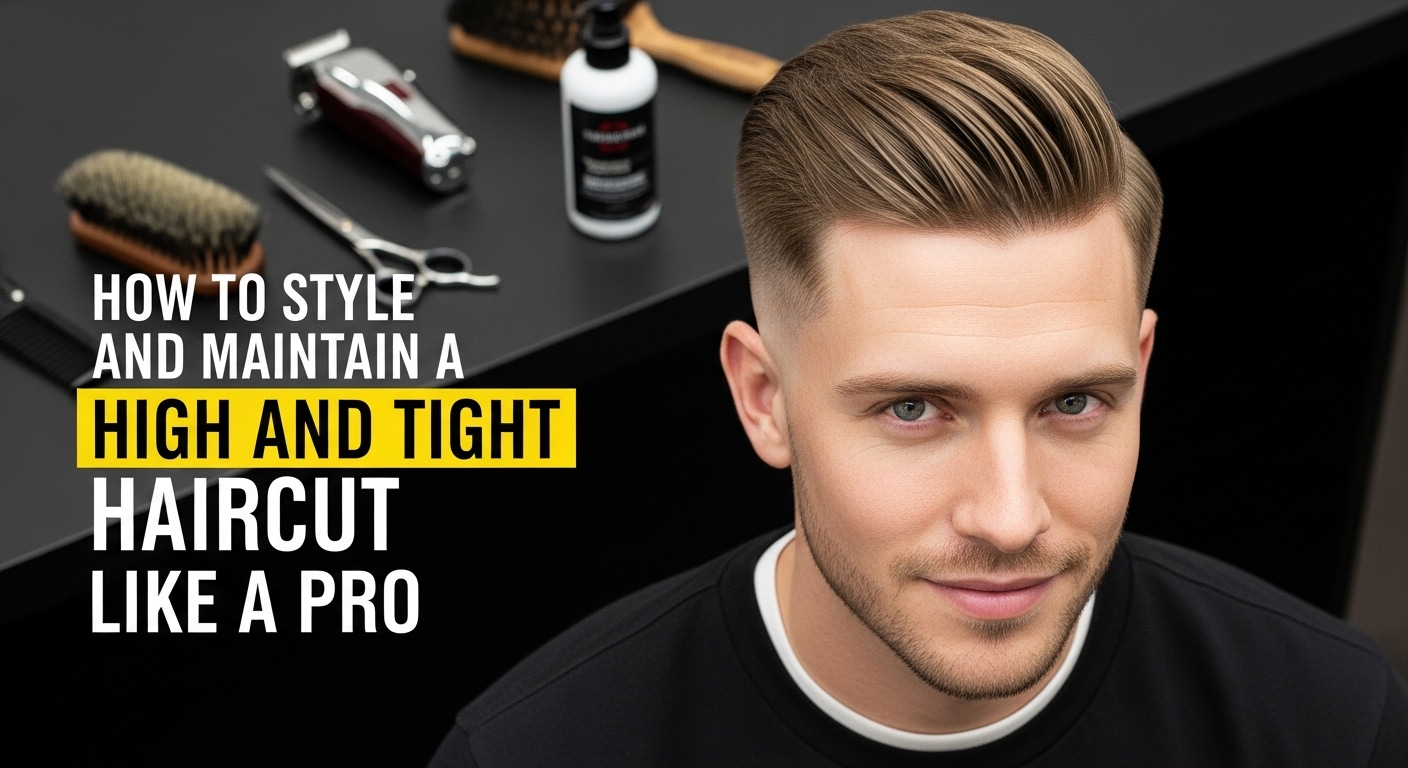Some fashions do not disappear entirely. They are brought back, given new names, or transformed. One of such things is the Hitler haircut. At first, it was simply another of the 1930s dashing men’s styles—short sides, slicked top, a sharp parting. Nothing out of the ordinary. Nevertheless, as a result of the wearer, this hairdo merged into one of the most conspicuous and disputable haircuts of modern times.
Where It Started
During the 1920s and 1930s, the European barbers promoted spotless and strict appearances. Pomade, oils, and combs formed the staple trio. Men’s haircuts were frequently stylistic combinations of neat side parts, slick backs, and even early versions of the line up haircut that emphasized clean, sharp edges.
- Short and neat on the sides
- Carefully side parted for clarity
- Hair combed back to achieve that groomed look
Hitler made this appearance his own and it was not long before the haircut was identified as the dictator’s. The style was very common but its notoriety grew exponentially through the identification of the haircut with the wrong side of history.
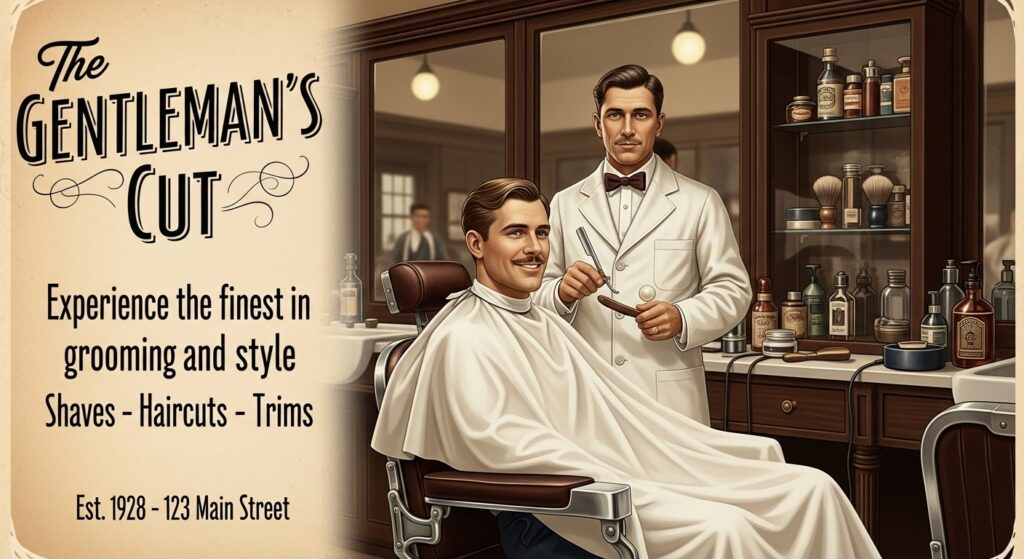
From Hair to Symbol
After World War II had ended, everything was different. People did not want to be associated with a dictator in any way. The haircut of Hitler became from then on synonymous with all the bad ideas and history that followed it.
The thing is, though, that signs are quite a lot of things. The portrayal of the haircut by the seventies and eighties was:
- Punk bands adopted it in their repertoire of shock aesthetics.
- Skinheads utilized it to create such scenes during that.
- Some people pretended to take the history very seriously by exaggerating the hair styled again.
One of those groups saw it as a sign of the antagonist struggle field and the others as mere confrontation. Whichever way proved to be true, it was already not simply “a haircut”.
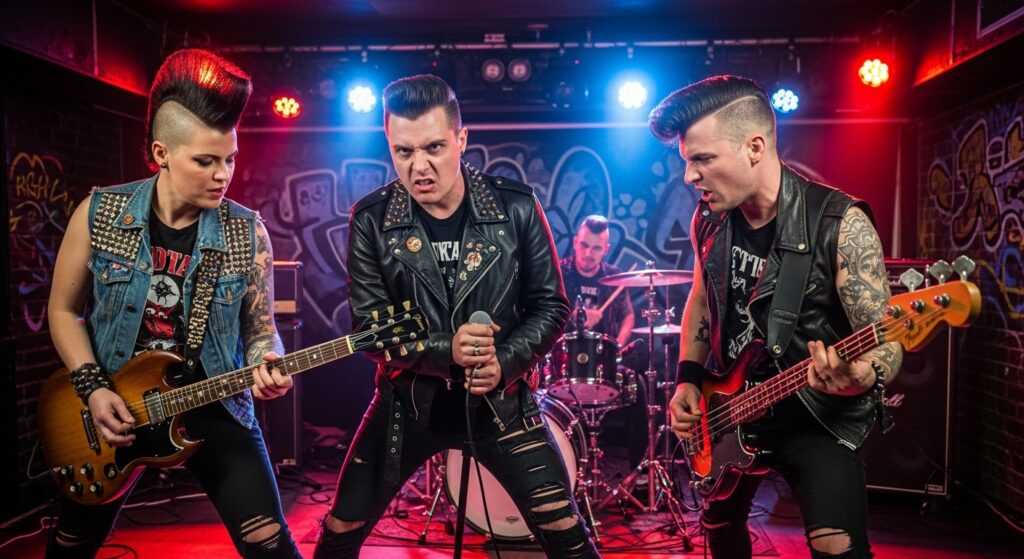
Fashion’s Recycling Habit
Fashion does have very short memories. Old styles tend to be brought back to life every few decades. The Hitler haircut also experienced that kind of revival—although currently, it is more common to refer to the haircut by some of the following names:
- Undercut
- Classic slick back
- Side-part fade
Whether it is in barbershops or on social media, the haircut is there to grab the limelight as a fashionable one one more time. It is the retro lovers who love it for the charm of the past and not because of the politics. However, the association to the past is still there, lingering somewhere beyond.
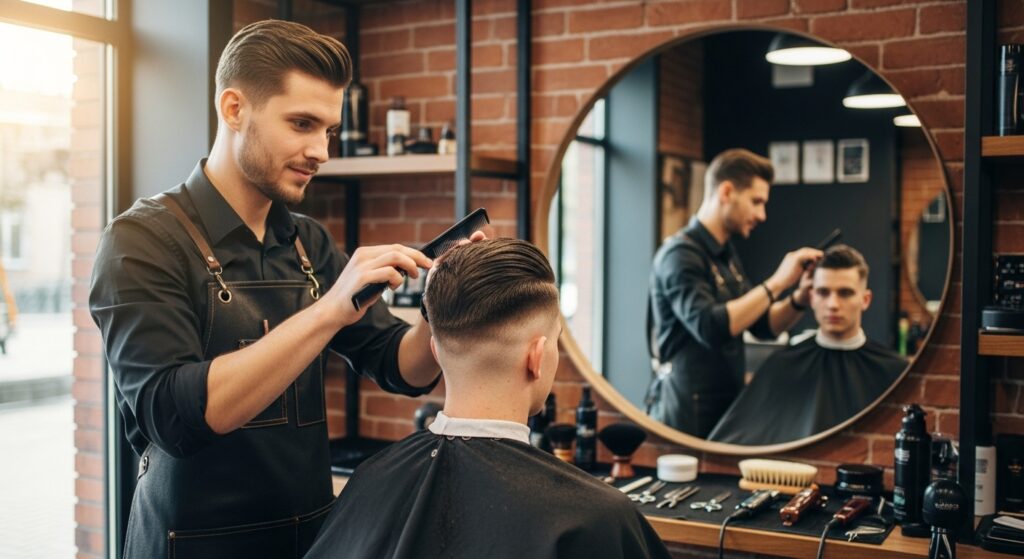
Media and Satire
That was also the case with the Film and TV industries—they kept this haircut connected to its roots by using it as an instant sign. Whenever the filmmakers or the comedians wanted to portray the character of a dictator without the need of words, they used the haircut. Just to mention a few aspects:
- Satire films like The Great Dictator
- Comedy sketches exaggerating Hitler’s look
- Political cartoons and internet memes
The haircut was a very easy-to-get idea pictorially—it was instantly recognizable, and it was instantly loaded, much like the bold Viking haircut that carries a strong cultural statement even today.
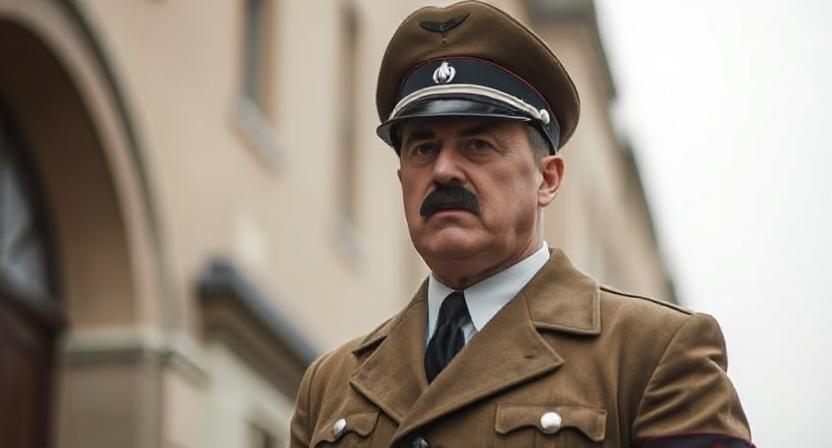
Timeline of the Hitler Haircut
| Era | Context | Meaning |
|---|---|---|
| 1920s–30s | Common men’s cut | Fashionable, neat |
| 1930s–45 | Hitler’s trademark | Symbol of fascist discipline |
| 1950s–70s | Rarely seen | Negative stigma |
| 1970s–80s | Punk & skinhead scenes | Rebellion, provocation |
| 2000s–Now | Hipster barbers, media satire | Retro, ironic, trendy |
Final Thoughts
Hair is something that is really strange. A hairstyle is capable of being timeless, picking their new connotation, and then being in barbershops again after a couple of decades. The Hitler haircut is just like that.
It keeps coming back from being a dictator to a fashion trend, from satire to subculture. It is sometimes ironic one, sometimes innocent, and sometimes loaded ones.
Perhaps that is the reason—hair is not something one can separate from their identity.
FAQs
1. Why did Hitler’s haircut become famous?
It was an integral part of his ordered, disciplined image, which consequently made it impossible to dissociate it from him.
2. What is the Hitler haircut called today?
Generally, it is referred to as the undercut, slick back, or side-part fade.
3. Do people still wear it?
Yes, though mostly as a retro look and not for any political association.
4. Is the haircut banned anywhere?
No, but it can still be a source of negative reactions in certain places.
5. Why is it used in comedy and film?
Because it is an extremely familiar image and at the same time, it conveys the word “dictator” without requiring any further explanation.

Roy Anderson brings a deep love for hair care and styling products, offering practical advice on keeping your hair in top shape every day. He reviews popular and underrated hair products to guide readers toward the best choices. Roy also shares home care routines to promote strong, healthy hair.

